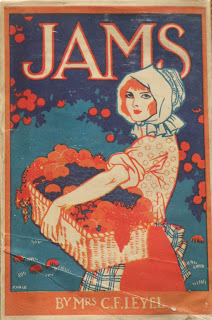First, and foremost, she was a dancer. An extraordinary, ethereal dancer. At the age of 12, she was offered a scholarship to the School of American Ballet by George Balanchine. At 17, she would help launch the Ballet Society that would later become the New York City Ballet. At 23, she would become Balachine's fourth or fifth wife, depending on who's counting.
When Le Clercq was 15, Balanchine asked her to be his partner in a dance he created entitled "Resurgence" for a March of Dimes charity benefit. He would play the role of Polio and she would be his tragic victim, paralyzed by the dreaded affliction. The dance might hardly be remembered if not for its prophetic nature.
In 1956, at the height of career, Tanaquil Le Clercq contracted polio and was paralysed. She was 27- years-old.
 |
| Tanaquil Le Clercq with Corrado Cagli, Vittorio Rieti, and George Balanchine, by Irving Penn photo © |
After her paralysis, she became an author penning the autobiography of Mourka, a cat Balanchine taught to "dance."
In 1966 she compiled The Ballet Cook Book featuring stories and recipes featuring a who's who of the world of ballet from Sir Frederick Ashton to Vera Zorina. It has become one of the most collectible cookbooks on the market. Always a holiday treat, here is Le Clercq's family recipe for eggnog.
Great-Great-Grandmother Blackwell’s Eggnog
Even the poet, Frank O'Hara found Le Clercq to be a muse.
12 egg yolks
1/2 cup sugar
1 1/2 cups bourbon whisky
3/4 cup St. Croix rum
1 quart heavy cream, whipped
Beat egg yolks and sugar until light and sugar has melted completely. Add whisky and rum and continue beating 3–4 minutes. Stir in the whipped cream and mix thoroughly. Place in refrigerator and chill until ready to serve.
Ode To Tanaquil LeClercq
smiling through my own memories of painful excitement your wide eyes
stare
and narrow like a lost forest of childhood stolen from gypsies
two eyes that are the sunset of
two knees
two wrists
two minds
and the extended philosophical column, when they conducted the dialogues
in distant Athens, rests on your two ribbon-wrapped hearts, white
credibly agile
flashing
scimitars of a city-state
where in the innocence of my watching had those ribbons become entangled
dragging me upward into lilac-colored ozone where I gasped
and you continued to smile as you dropped the bloody scarf of my life
from way up there, my neck hurt
you were always changing into something else
and always will be
always plumage, perfection's broken heart, wings
and wide eyes in which everything you do
repeats yourself simultaneously and simply
as a window "gives" on something
it seems sometimes as if you were only breathing
and everything happened around you
because when you disappeared in the wings nothing was there
but the motion of some extraordinary happening I hadn't understood
the superb arc of a question, of a decision about death
because you are beautiful you are hunted
and with the courage of a vase
you refuse to become a deer or a tree
and the world holds its breath
to see if you are there, and safe
are you?
Cats, cookbooks, ballet, poetry -- who could go wrong. If you are fond of ballet, do check out Afternoon of a Faun: Tanaquil Le Clercq. PBS ran it several years ago and I think it might still be out there to download. I suggest making a big bowl of eggnog and gathering for a screening.




